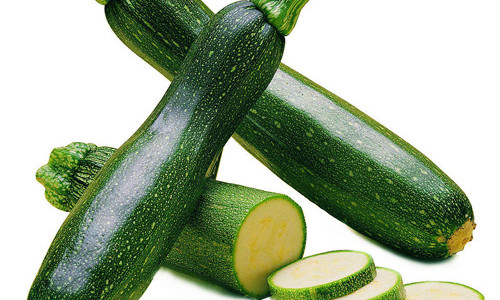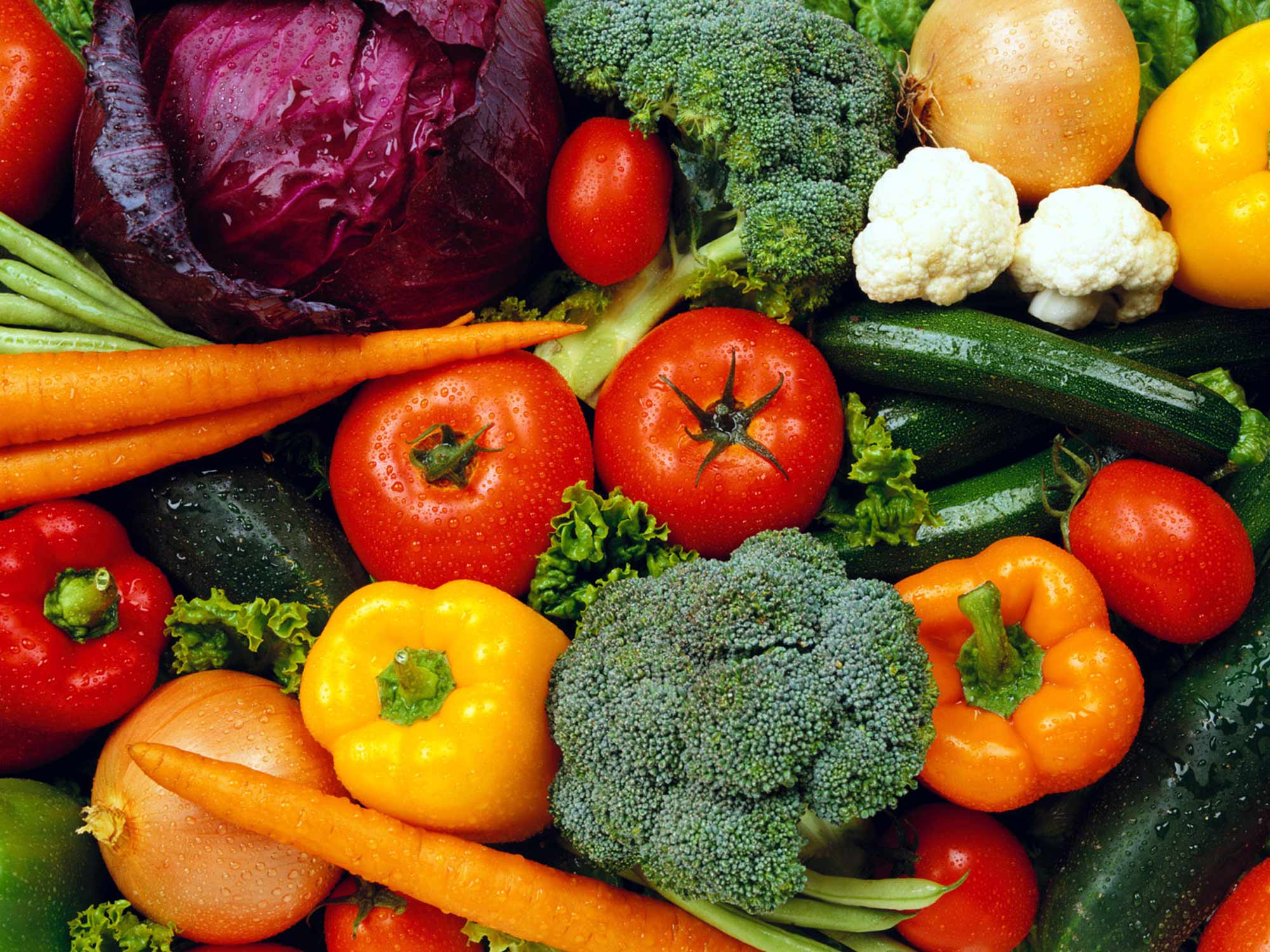Family: Cucurbitaceae.
Origin: France.
Growing conditions:
• Zucchini is a warm season crop that dislikes cold weather and frost. They require a full sun position in the vegetable garden with plenty of air flow to help combat fungal disease.
• Humus rich, well-drained soil with a pH of 6-7.5.
• Mulch well with sugar cane mulch.
• The watering requirements of zucchini change throughout their growth stages. Once fruiting has started you need to be vigilant and water more frequently to aid in proper fruit development.
• Watering practices: always water in the mornings, never evenings to discourage powdery mildew. Only water the base of the plants avoiding the foliage. Regular fertilising of liquid seaweed and worm castings will strengthen the plants cell walls and make it harder for fungal spores to attach themselves. Blossom end rot is also caused by irregular watering and/or too much/little water. Lack of calcium also plays a role in blossom end rot so when preparing the planting beds incorporate a dose of gypsum. So the mantra is- regular, deep watering early in the mornings. This will help combat the two most common problems with zucchini.
How to grow:
• For strong plants is best to direct sow seeds. Seeds need to be planted 15-20mm deep into raised mounds with a diameter of approximately 1metre and a height of approximately 30cm. Each mound should be approximately 1.5 metres apart (in hot humid climates) or 1 metre apart (for cooler climates).
• Sow 3 seeds for each mound. Once the seeds have emerged and sprouted their first set of leaves select the strongest seedling and gently cut off the remaining seedlings just below soil level.
• High temperatures are required for the germination of seeds and occur when soil temperatures are approximately 18-32°C.
• Zucchini is a bee pollinated vegetable so encouraging bee populations to your garden will prove adventitious. Refer to the companion flower section later in the book. Nature’s handiwork can be imitated by hand pollinating the plants. Approximately six weeks after the seeds have germinated, the male flowers will appear. These generally outnumber the female flowers. Male flowers- narrow and straight. Female flowers- smaller in size and have a small fruit at their base to hand pollinate and aid in fruit production pick a male flower, remove all of the petals and lightly brush the pollen laden end across the female flower.
When to harvest:
• Picking zucchini while they are small – 15cm will guarantee the best flavour.
• Don’t forget that the flowers are also edible.
How to harvest:
• Choose a sharp knife and slice between the thick stem and the zucchini.
Common problems:
• Common pests include: squash vine borer, cut worms, caterpillars, grasshoppers, wireworm, pumpkin beetle, twenty-eight spotted ladybug and thrips.
• Common diseases include: powdery mildew, pythium, black rot, gummy stem blights, wilt, and blossom end rot.



